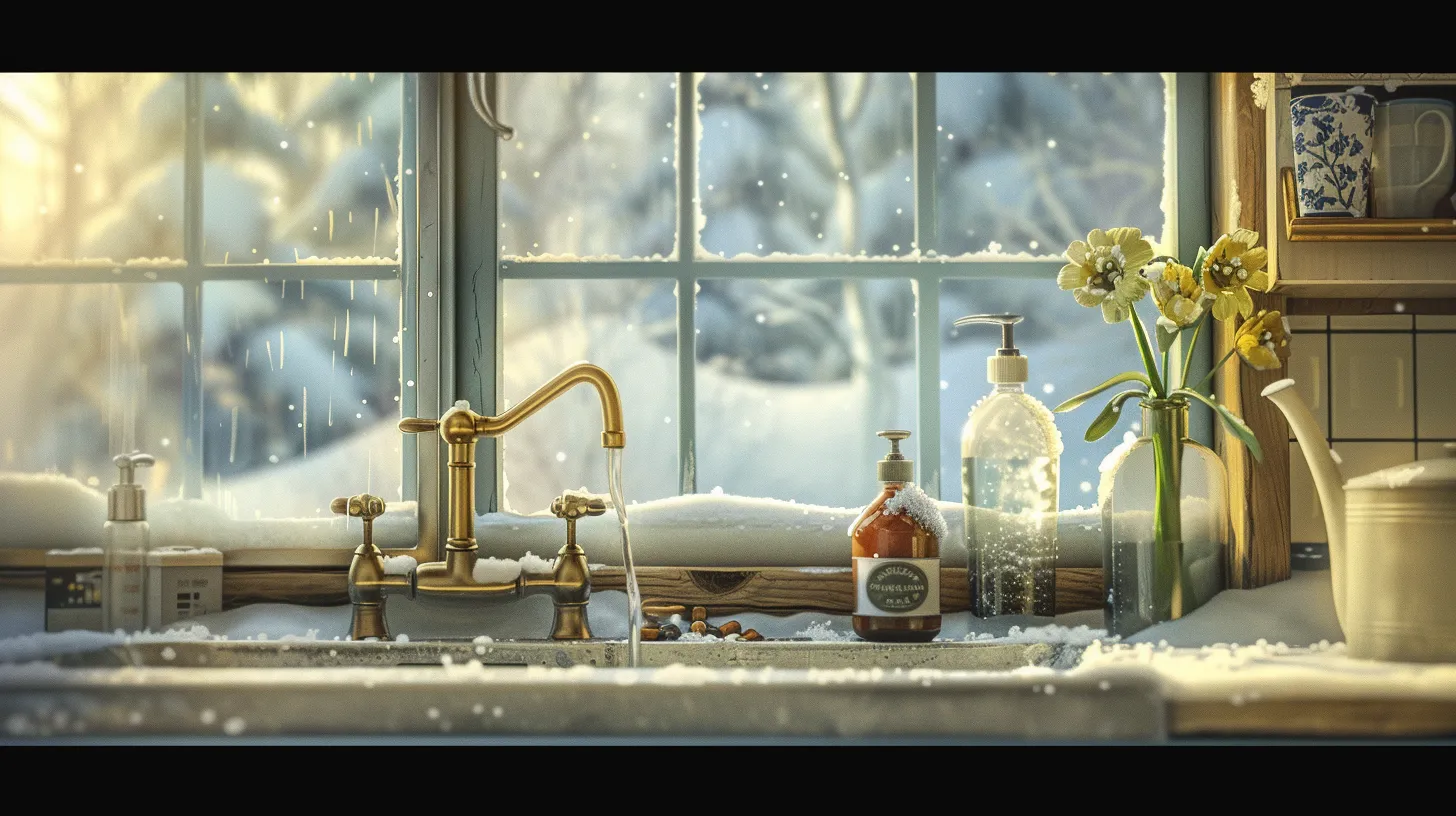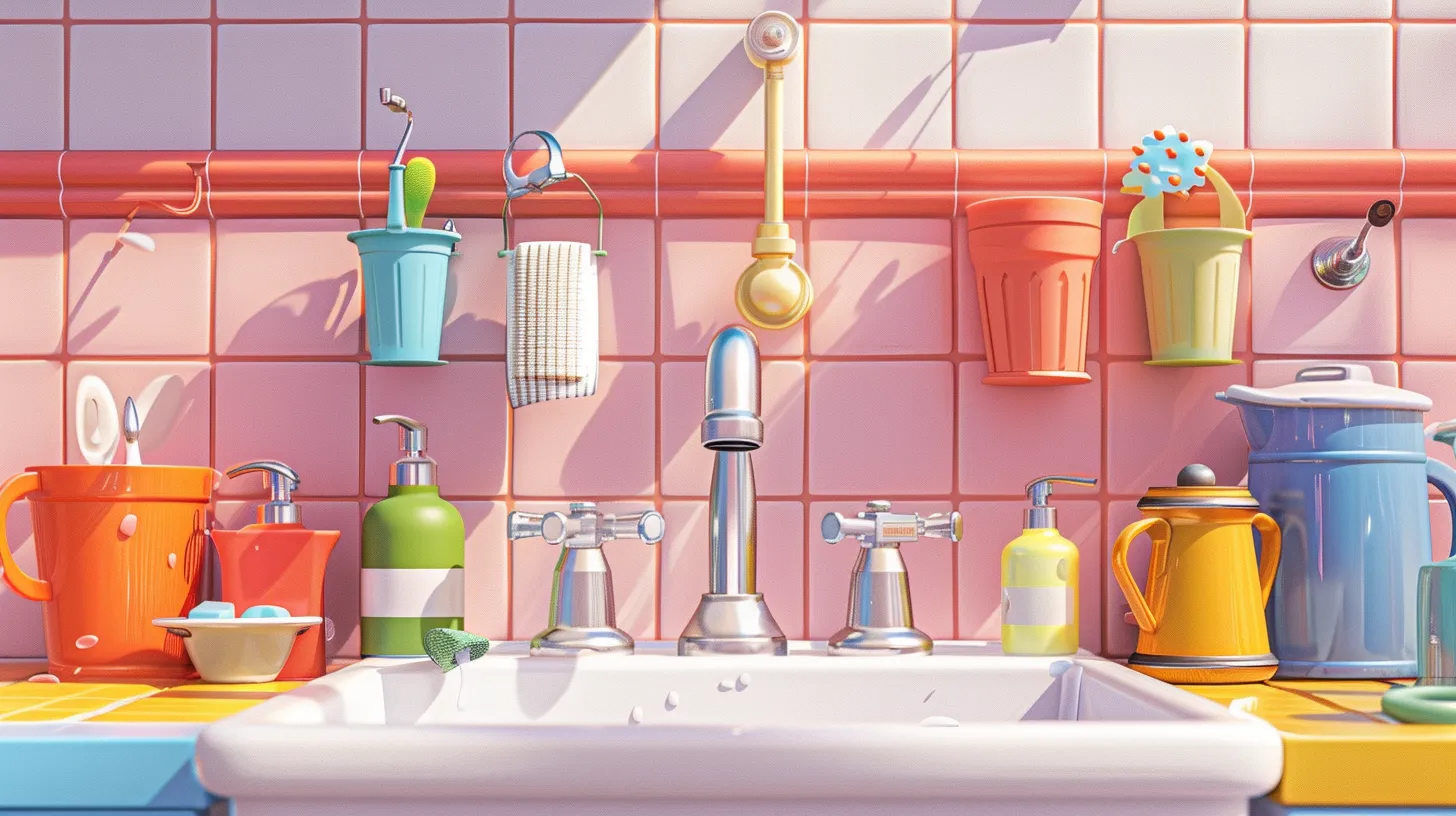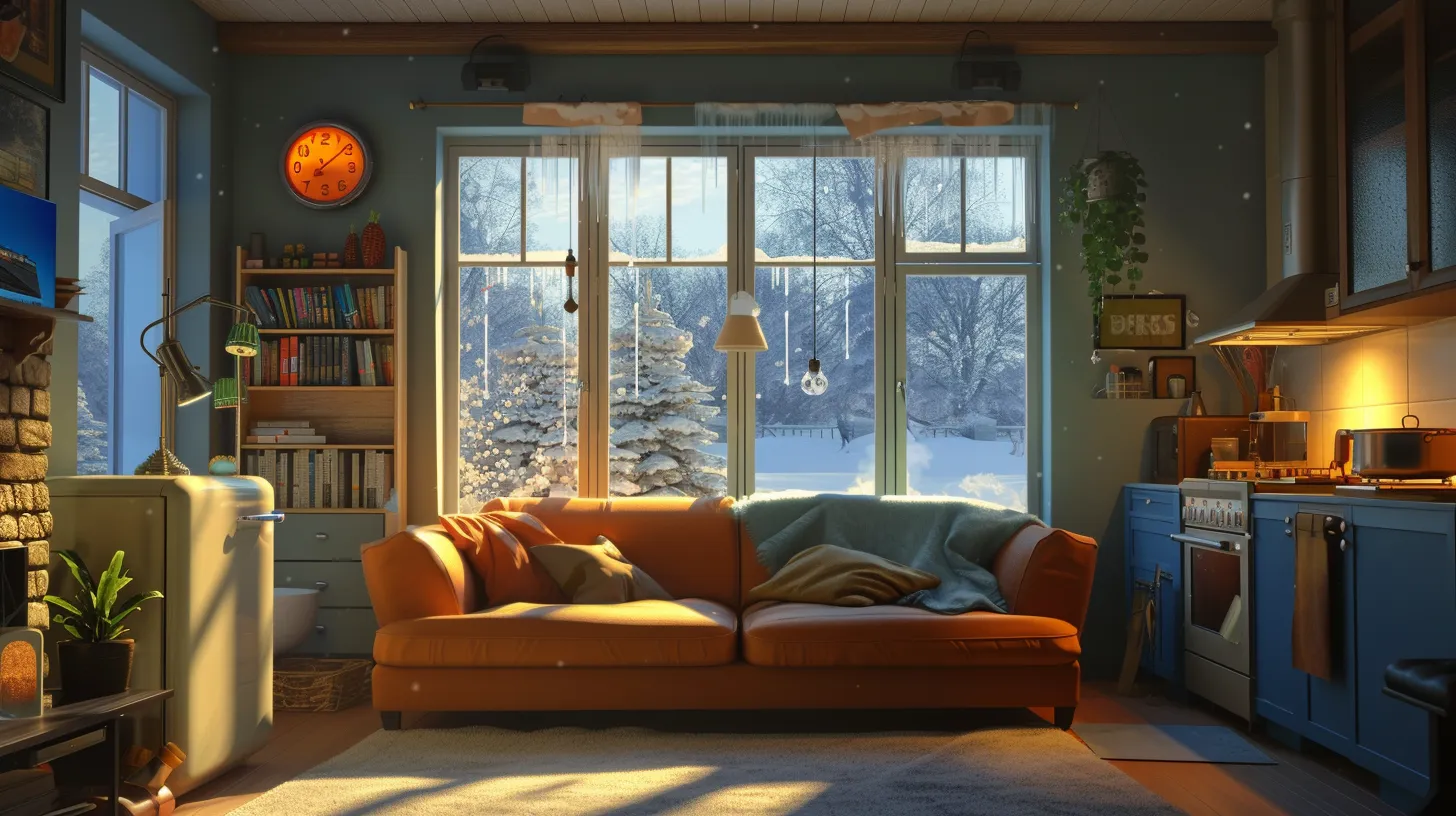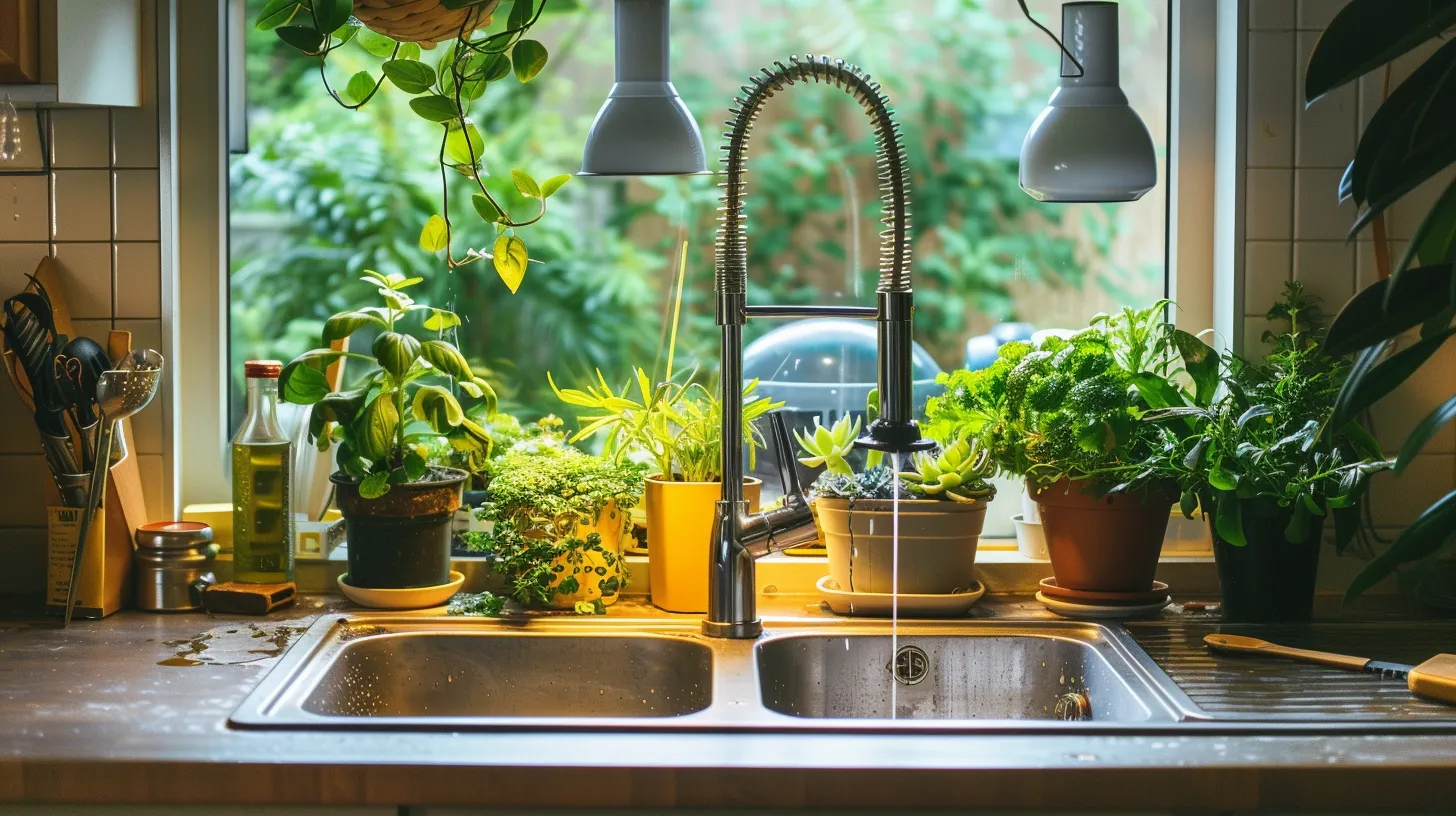In the face of plummeting temperatures, the simple act of letting faucets drip emerges as a critical strategy to prevent the costly and inconvenient aftermath of frozen pipes. Identifying the precise number of faucets to leave dripping, however, is not a one-size-fits-all solution; it necessitates a nuanced understanding of your home's layout, the location of pipes, and their exposure to the elements.
As we embark on this discussion, we will explore the factors influencing this decision, aiming to equip homeowners with the knowledge to effectively safeguard their plumbing infrastructure. The question then arises: how does one accurately determine their home's specific drip needs while balancing water conservation efforts?
Understanding Drip Prevention
To effectively mitigate the risk of frozen pipes during cold spells, it is essential to understand the principles behind drip prevention and implement them strategically throughout your home. The fundamental concept revolves around maintaining a minimal flow of water through pipes, particularly those situated in unheated or exposed areas of your home. By allowing at least one faucet in each section of your house to drip, you can prevent water from freezing within the pipes. This is crucial because when water freezes, it expands, potentially causing pipes to burst, leading to significant damage and costly repairs.
Identifying faucets that have separate control of hot and cold water for dripping is recommended. This ensures a continuous flow through both hot and cold water lines, further reducing the risk of freezing. In homes with multiple floors or distinct areas, more than one faucet may need to be left dripping to ensure comprehensive protection. Proper dripping not only safeguards your home from the inconvenience and expense of frozen pipes but also maintains the integrity of your plumbing system during the coldest months.
Determining Your Drip Needs

Assessing the specific requirements for drip prevention in your home involves a thorough examination of your plumbing system, particularly focusing on areas most susceptible to freezing. Identifying faucets connected to cold water pipes in unheated or exposed areas is the first crucial step. These spots are the frontline in the battle against freezing, necessitating vigilant protection to prevent the costly and inconvenient consequences of frozen pipes.
To effectively reduce the risk of freezing, it's recommended to let at least one faucet drip in each section of the house, especially if your home spans multiple floors or distinct areas. This strategy ensures comprehensive coverage, safeguarding the integrity of your plumbing system across all vulnerable zones. Selecting faucets that offer separate control of hot and cold water can provide optimal protection by ensuring a consistent flow through both types of pipes.
Properly determining your drip needs is essential. It not only helps to prevent potential damage but also promotes a more efficient use of resources. By meticulously evaluating which faucets to drip, homeowners can strike a balance between preventing freezing and conserving water, ultimately protecting their homes from the ravages of winter with precision and foresight.
Common Dripping Mistakes

Despite the best intentions, homeowners often make critical errors when attempting to prevent their pipes from freezing, particularly in how they manage the drip of their faucets. One common mistake is not allowing both hot and cold water to drip from faucets. This oversight can be particularly problematic in homes with single-handle faucets, which require special attention to ensure that both hot and cold water supply lines are open to prevent freezing. Many forget the importance of allowing at least one faucet to drip, which helps maintain a continuous flow through the pipes, significantly reducing the risk of freezing.
Another overlooked aspect is the need to flush toilets on exterior walls regularly, as this action helps protect the water supply lines in these vulnerable areas. Additionally, the design of bathrooms and kitchens can impact how effectively one can prevent pipe freeze. Ensuring crawl spaces are properly insulated and that hoses used outdoors are stored away for the winter can further safeguard against freezing. These steps, combined with remembering to turn off the water to external faucets, are critical in keeping all pipes safe during cold snaps.
Optimal Home Temperatures

Maintaining an interior temperature of around 55°F is crucial for preventing the freezing of pipes during cold weather conditions. This optimal temperature is a key strategy to prevent frozen pipes, which can lead to pipes bursting—a scenario every homeowner wants to avoid. Bursting pipes can cause significant water damage, leading to a much costlier repair bill than the nominal increase in heating costs.
To further protect exposed water pipes, consider the use of a heating pad wrapped around particularly vulnerable areas. This method is especially important for pipes that are located in unheated or poorly insulated parts of your home. Additionally, let at least one faucet drip in each section of your house, particularly those faucets that allow separate control of hot and cold water and are connected to pipes in unheated or exposed areas. This simple act can prevent your pipes from freezing by allowing a continuous flow of water through them.
It's also beneficial to use lower nighttime temperatures cautiously. While it's tempting to lower the thermostat at night to save on heating costs, ensure it doesn't fall below the recommended 55°F. This balance will help you to prevent a much costlier scenario and protect your home from unwanted damage.
Water Conservation Tips

While it's vital to prevent your pipes from freezing, it's equally important to consider water conservation strategies during the colder months. Dripping faucets, a common method to prevent frozen pipes, can lead to significant water wastage if not managed carefully. It's imperative to find a balance between protecting your pipes and conserving water.
To achieve this, limit the number of faucets you allow to drip to those that are absolutely necessary for pipe protection. This targeted approach helps in minimizing water usage while still safeguarding your home's plumbing system.
Adopting a slow drip strategy can further reduce water consumption. A slow drip is sufficient to keep water moving in the pipes, thereby reducing the risk of freezing, without the excessive wastage associated with a faster flow. This method exemplifies the balancing act between pipe protection and water conservation, emphasizing the importance of being mindful about our water use.










